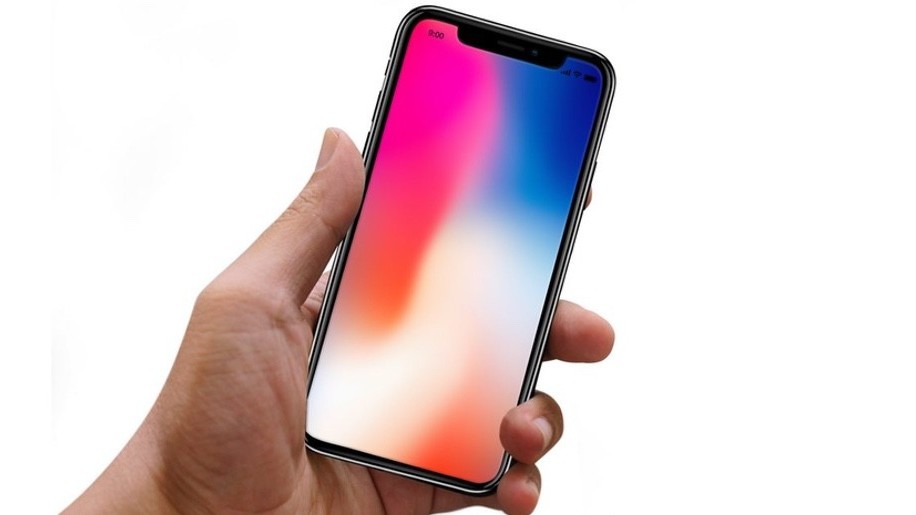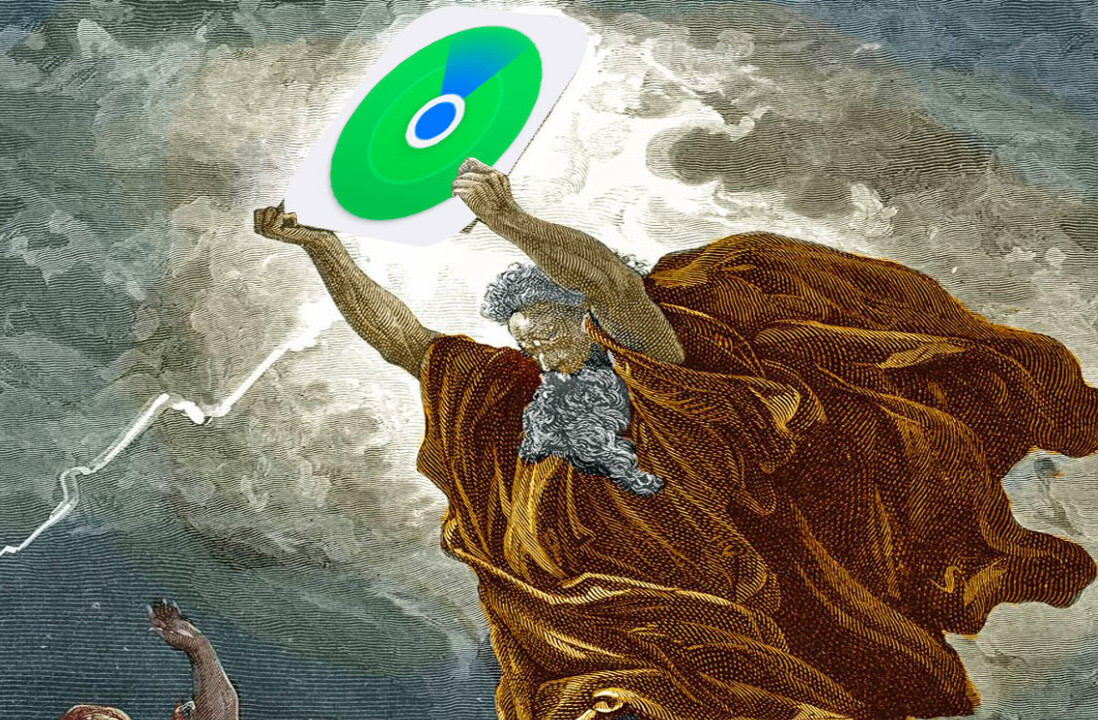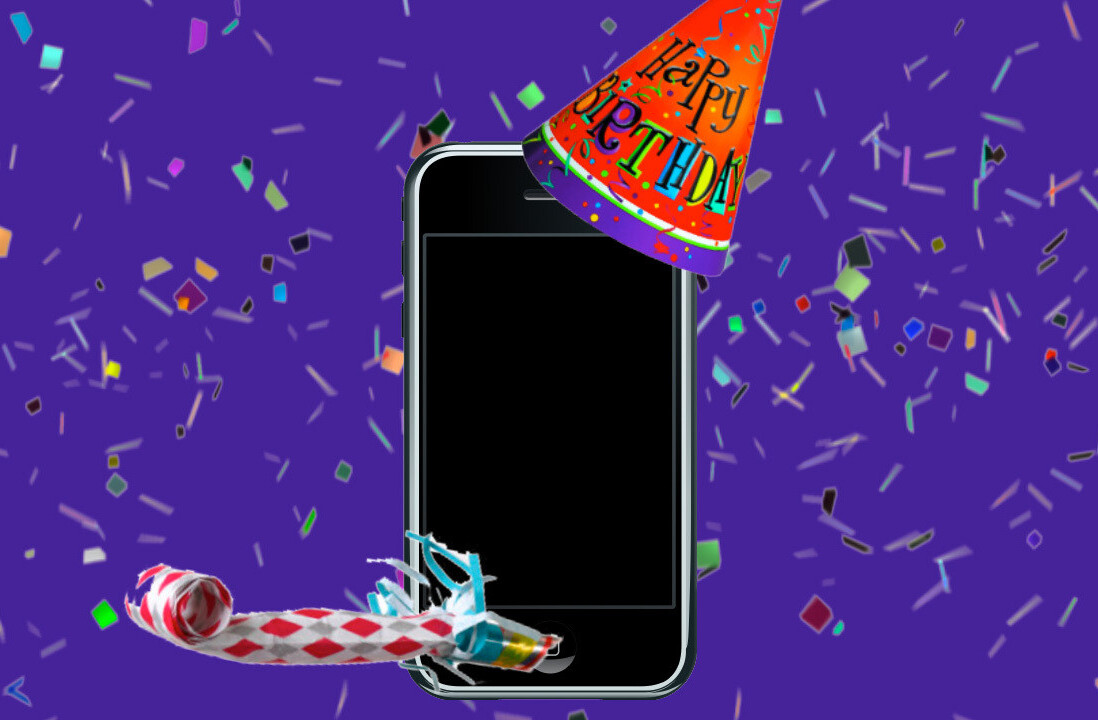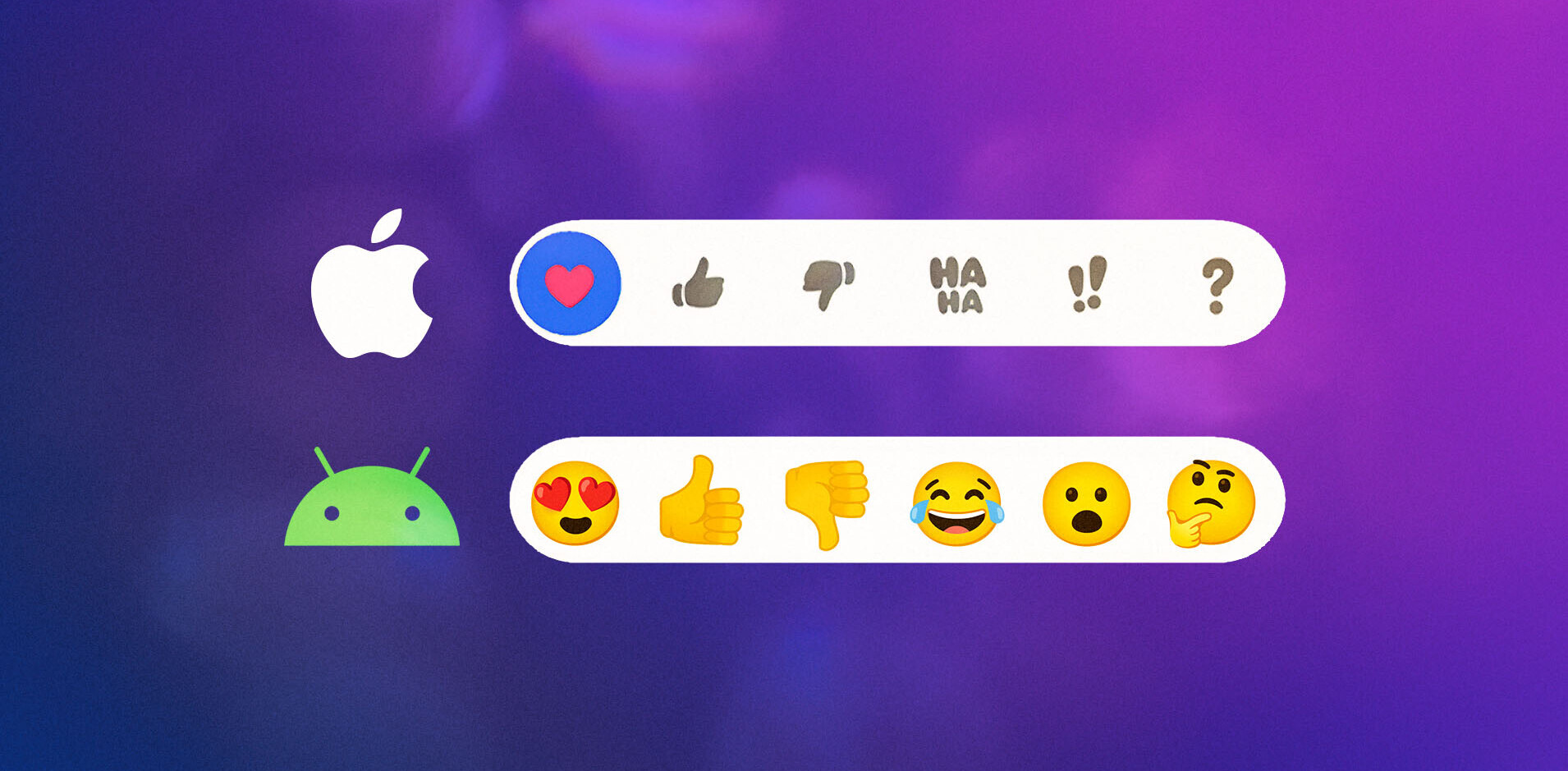If Apple sticks to its usual timing, it should reveal its latest iPhones in a manner of weeks. But as always, the rumor mill has churned out enough leaks to reveal much of what to expect well before Apple’s event. We’ve gone ahead and summarized some of the most reputable rumors so far.
What will they be called?
All signs suggest Apple will once again release three iPhones this year, but the naming scheme is changing. Rather than allowing people to continue mispronouncing Roman numerals (iPhone ‘excess,’ anyone?), Cupertino appears to be aligning its iPhones with its other product lines. The iPhone 11 ‘Pro’ is the mainstream flagship to succeed the iPhone Xs, while the iPhone 11 Pro Max replaces the Xs Plus. The simply-named iPhone 11 will succeed the Xr as the cheapest device in the lineup.
Why ‘Pro’?
Mac Pro, MacBook Pro, iMac Pro, iPad Pro. While all of Apple’s other computing devices use the ‘Pro’ moniker, the iPhone has always just been the iPhone. The Pro moniker helps make clear which device is a flagship. On the other hand, by simply calling the base model the ‘iPhone 11,’ it comes off as less of a ‘budget’ option and more of a mainstream choice for people who don’t need all the bells and whistles of the Pro.
While earlier rumors suggested the Pro models could support the Apple Pencil, we’ve seen little concrete to back up those reports.
What’s new with the camera?
A report from Bloomberg, which has an impeccable record on iPhone leaks details several new camera features coming to the new iPhones. Some of these have been previously rumored, but the Bloomberg piece adds significant credibility to the accounts:
- The iPhone Pros will feature a triple-camera system. The third sensor adds an ultra-wide-angle lens, adding a significant amount of flexibility to the phones’ cameras.
- The cameras will capture three images simultaneously and use AI to adjust the frame if someone is cut out of the image. It will also be able to capture higher resolution images using the combined sensors.
- Apple is improving low light performance. It will likely look to respond to Google’s class-leading Night Sight feature.
- Apple is adding significant video improvements, including the ability to “retouch, apply effects, alter colors, reframe and crop video as it is being recorded live on the device,” according to Bloomberg.
- The cheaper iPhone 11 will only have two cameras, although that’s at least one more than the Xr. The second lens will be a telephoto lens, which is particularly useful for portrait mode.
What about the rest of the hardware?
- Apple is copying reverse wireless charging from Huawei and Samsung, allowing you to charge your AirPods by placing them on the back of your device. It’s not clear if Apple will allow you to charge other iPhones, let alone competitor devices with this technology.
- Apple might finally bundle a fast-charger in the box. The devices have supported fast-charging since the iPhone X, but the one included was too wimpy to be comparable to charging speeds on Android devices. It still won’t have a USB-C port, but will support USB-C Power Delivery via a USB-C to lightning cable.
- Water resistance has been ‘dramatically enhanced’ over the current IP68 rating that allows current devices to be submerged under 3m of water for 30 minutes.
- Apple is introducing a new multi-angle Face ID sensor, which will allow the technology to work even if the device is not pointed directly at your face (say, if it[‘s laying flat on a desk). That would resolve one of the biggest complaints about the technology.
- Apple is killing 3D touch for a glorified long-press called Haptic Touch.
- The new A13 chip will have a separate “‘AMX” co-processor for math-heavy tasks that may help with AI and AR, freeing up the main chip for other duties.
Back from September 2019, I bring you the very 1st and very early glimpse at which I guess #Apple will unveil as #iPhoneXI!!! Yes, time has already come to meet the new #iPhone through gorgeous 5K renders made on behalf of new coming Partner @digitindia -> https://t.co/b6SxFUS2tx pic.twitter.com/97jrlTHQ5G
— Steve H.McFly (@OnLeaks) January 6, 2019
What will the new iPhones look like?
Other than the new square-ish camera module on the back, it appears the phones will look a lot like the current iPhones. Same notch, same screen sizes. That said, the phones might come in matte finishes as opposed to the glossy options on the iPhone Xs and Xr. The glass will also apparently be more resistant to drops.
Will the phones support 5G?
Nope. You’ll have to wait ’til 2020.
I heard Touch ID is coming back?
Probably not, and if it does, rumors point to 2021. Still, given the report of multi-angle Face ID, it seems unlikely Apple would bring Touch ID back.
Any other hardware on the Horizon?
Apple is expected to refresh the iPad and iPad Pro this year. The cheaper iPad may get a design refresh with a 10.2 inch screen (up from 9.7). The company is also expected to announce a 16-inch MacBook Pro (about the size of the current 15-inch one, but with thinner bezels), as well as confirm a launch date for the Mac Pro and 32-inch XDRPro Display.
These might arrive at a separate event however, as Apple tends to keep its iOS announcements separate from macOS – perhaps at an event in October or November. The company is also reported to be working on a new Apple Watch, AirPods, and HomePod, although these might not arrive until 2020.
When will the new iPhones launch?
For seven years in a row now, Apple has announced new iPhones on the second Tuesday or Wednesday of September. Tuesday, September 10 seems like the obvious choice, given announcing a new iPhone on the anniversary of 9/11 would be absurd. Pre-orders normally begin a few days after the announcement, and the devices are shipped a week after that.
Apple typically sends out event invites about two weeks in advance. Don’t be surprised if we get official confirmation before the end of August.
Get the TNW newsletter
Get the most important tech news in your inbox each week.






